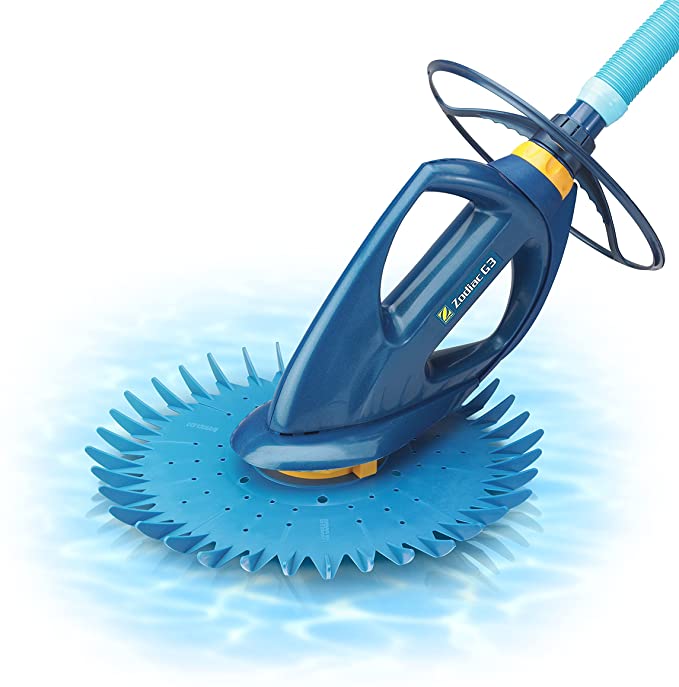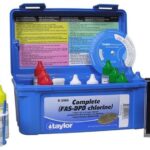
Troubleshooting Suction Side Pool Vacuum Cleaners: A Guide to Diagnosing and Fixing Common Issues
Keep Your Pool Pristine by Properly Maintaining Your Suction Side Vacuum Cleaner
Introduction
Suction side pool vacuum cleaners are a popular and efficient way to keep your swimming pool clean and free of debris. However, like any other equipment, they can experience issues that may affect their performance. In this article, we will guide you through the process of troubleshooting, diagnosing, and fixing common problems with suction side pool vacuum cleaners.
Step 1: Understand How Suction Side Pool Vacuums Work
Before troubleshooting your suction side pool vacuum, it’s essential to understand how it operates. These vacuums work by attaching to your pool’s skimmer or dedicated suction line, using the pool pump’s suction power to move around the pool and collect debris. The vacuum’s components include the vacuum head, hose, and any moving parts or gears that control its movement.
Step 2: Identify Common Pool Vacuum Problems
Several common issues can affect the performance of a suction side pool vacuum cleaner. Some of these problems include:
- Insufficient suction power
- Hose leaks or obstructions
- Vacuum head or moving parts malfunction
- Debris buildup in the skimmer or pump basket
- Incorrect hose length or connection issues
Step 3: Troubleshooting and Diagnosing Issues
Once you’ve identified the possible issues affecting your suction side pool vacuum, follow these steps to diagnose and repair the problem:
- Check the suction power: Insufficient suction can prevent the vacuum from moving or collecting debris. Ensure that your pool pump and filter are functioning correctly and that the water level in the pool is adequate. Clean the pump and skimmer baskets and backwash or clean the filter as needed to improve suction.
- Inspect the vacuum hose: Hose leaks or obstructions can reduce the vacuum’s suction power. Check the hose for any visible damage, such as cracks or holes, and replace it if necessary. Also, make sure there are no obstructions within the hose that may be blocking the flow of water.
- Examine the vacuum head and moving parts: A malfunctioning vacuum head or moving parts can prevent the vacuum from moving around the pool effectively. Check for any debris or damage that may be preventing the vacuum head from making proper contact with the pool floor or affecting its movement. Clean and repair or replace any damaged components as needed.
- Adjust the hose length and connections: Ensure that the vacuum hose is the correct length for your pool and that it is connected securely to the vacuum and suction line or skimmer. A hose that is too short or improperly connected can affect the vacuum’s performance and movement.
- Test the flow rate: Most suction side pool vacuums have a flow control valve or flow gauge that allows you to adjust the suction power to the vacuum. Consult your vacuum’s owner’s manual for the recommended flow rate and adjust the valve or gauge accordingly to ensure optimal performance.
Step 4: Consult a Professional Technician
If you’re unable to diagnose or repair the issue yourself, or if the problem persists, consult a professional pool technician. They will have the expertise and tools necessary to identify and fix any issues with your suction side pool vacuum efficiently and safely.
Conclusion
By understanding the basics of how your suction side pool vacuum works and being familiar with common issues, you can effectively troubleshoot and diagnose problems that may arise. Regular maintenance and proper care of your pool vacuum will ensure its longevity and optimal performance, keeping your pool clean and inviting for years to come.




